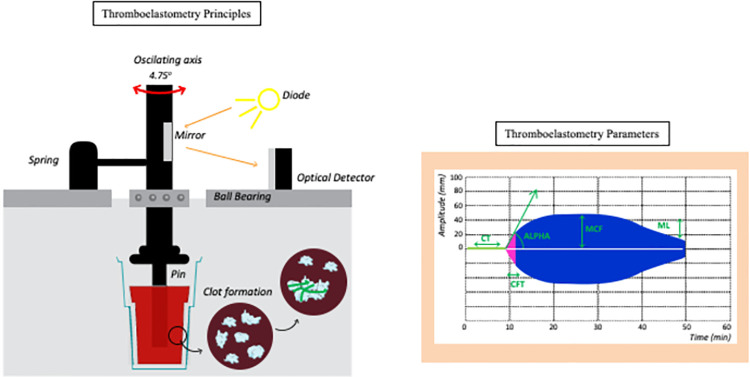Fig 1. Thromboelastometry method for clot evaluation.
A pin that spins around its own axis is put in contact with a citrated blood sample inside a cuvette. After recalcification and addition of a specific activator (depending upon the test), the clotting starts, and as it becomes firmer, the spinning capacity of the axis is reduced, which is transformed by the system in a graphic representation of the clot, with increasing amplitude. As fibrinolysis starts, the clot becomes less firm, which is represented as a decreasing amplitude on the monitor. EXTEM: thromboplastin is the activator, and it evaluates the extrinsic activation of coagulation; INTEM: elagic acid is the activator, and it evaluates the intrinsic activation of coagulation; FIBTEM: thromboplastin and cytochalasin D (which inhibits platelet activity) are added, and it only depicts the participation of fibrinogen in the clot; and NATEM: recalcified blood with no activator, it performs a nonactivated evaluation of coagulation. Circulating tissue factors, such as those expressed on monocytes in inflammatory states, will start the coagulation process. CT represents the clotting time (expressed in seconds), which is the timeframe from activation until an amplitude of 2 mm, and indicates thrombin formation; ALPHA (expressed in °) is defined as the angle between the middle axis and the tangent to the clotting curve through the 2 mm amplitude point and represents the dynamic polymerization of fibrin; CFT represents clot formation time(expressed in seconds) and indicates the dynamic polymerization of fibrin, and it is the timeframe between 2 mm and 20 mm of clot amplitude; MCF represents maximum clot firmness (expressed in mm), and it indicates the maximum amplitude of the clot and represents its main constituents, namely, fibrinogen and platelets; ML represents maximum lysis (expressed in %), and it indicates the percentage of clot reduction after initiation of fibrinolysis. Therefore, thromboelastometry analyzed 60 minutes after initiation depicts important information about every phase of the coagulation process.

